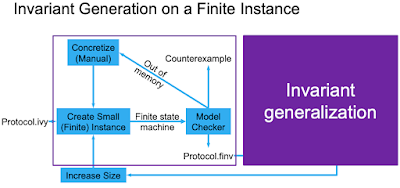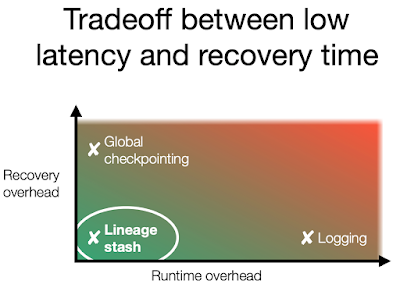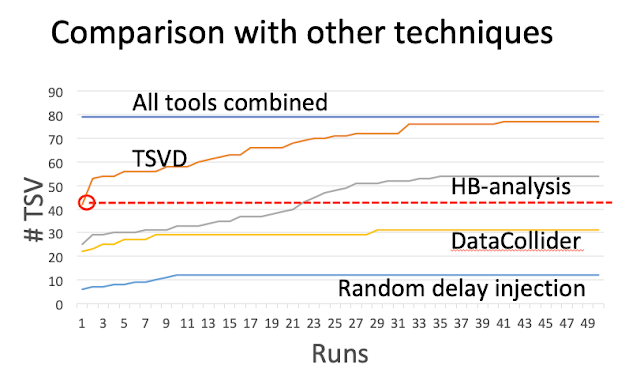Book Review. The Dark Forest (2008)
This book is the second book in the trilogy titled "Remembrance of Earth's Past" by Liu Cixin. I had reviewed the first book in the series, "The Three Body Problem", earlier. I had listened to this book as audiobook. The reader of the audiobook, the voice-actor, was very competent, and also remarkably good in speaking in accents. This made the already engaging story more captivating. As in the first book, this book also introduces new concepts. The Dark Forest theory is one. The theory posits that the universe is like a dark forest, where everybody is out there to hunt anybody. Due to chain-of-suspicion, a civilization can never be certain of an alien civilization's true intentions. The extreme distances between stars creates an insurmountable "chain of suspicion", where any two civilizations cannot communicate well enough to dissipate mistrust, making conflict inevitable. Leaving a primitive civilization alone is not an option due to the e












